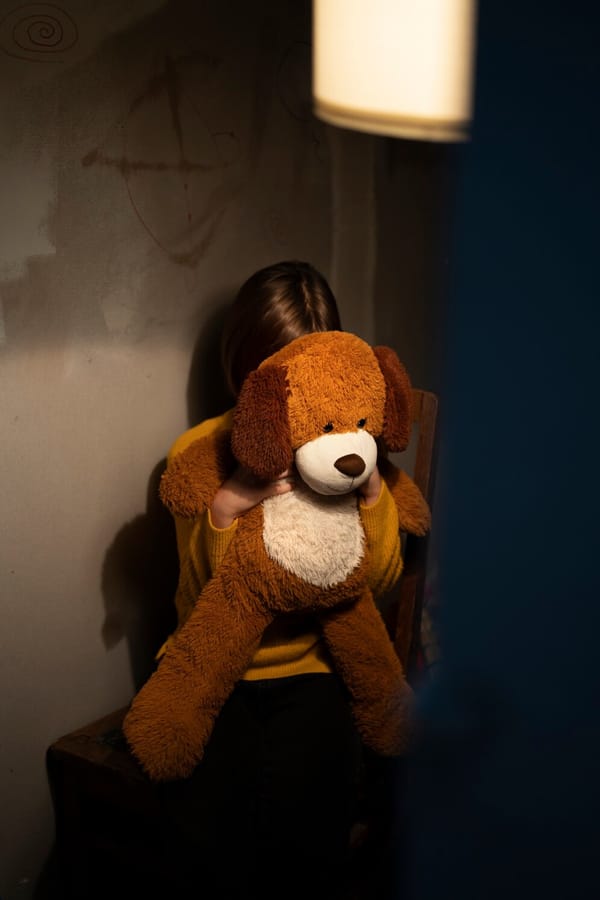Raising Awareness About Daycare Standards Around the World: A Global Perspective on Child Care Quality

As working parents increasingly rely on daycare services to care for their children, ensuring high standards of care has become a global priority. Daycare centers serve as essential spaces for early childhood development, offering not only a safe environment for children but also fostering their cognitive, social, and emotional growth. However, daycare standards vary widely across different countries, with some nations having comprehensive regulations and others lacking sufficient oversight. Understanding daycare standards worldwide is crucial for parents, caregivers, and policymakers to ensure that children are receiving the care they deserve.
In this blog, we’ll explore daycare standards across different parts of the world, highlighting the progress made in some countries, challenges faced in others, and the importance of raising awareness about these standards for better childcare globally.
Daycare Standards: What Should They Include?
Before delving into the specifics of different countries, it’s important to understand what high-quality daycare standards typically include:
- Safety and Health Regulations: This encompasses maintaining safe physical environments—ensuring that the facility is clean, childproofed, and has proper ventilation. It also involves ensuring that daycare centers are equipped with the necessary health and safety tools, such as first aid kits, fire extinguishers, and emergency exit plans.
- Staff Qualifications and Training: Caregivers should have the required educational background and training in early childhood development, as well as certifications in first aid, CPR, and child protection.
- Child-to-Caregiver Ratios: The appropriate child-to-caregiver ratio ensures that each child gets adequate attention and supervision. The ratio is typically regulated by national or regional standards to maintain quality care.
- Curriculum and Early Learning Programs: Daycare centers should provide age-appropriate learning activities that promote cognitive, social, and emotional development. This includes play-based learning, language development activities, and fostering social interactions.
- Parental Involvement and Communication: Effective communication with parents is essential, allowing them to be informed about their child’s development, daily activities, and any issues that arise. Transparency and regular updates are part of good daycare practice.
- Licensing and Monitoring: Daycare centers should be licensed by the relevant authorities, and regular monitoring should be in place to ensure compliance with safety standards and quality measures.
Daycare Standards Around the World: A Global Overview
1. The United States
In the United States, daycare standards vary significantly by state, with each state having its own regulations. However, there are some common national standards enforced by organizations like the National Association for the Education of Young Children (NAEYC), which provides accreditation to childcare centers that meet high-quality standards.
- Safety Regulations: The Department of Health and Human Services (HHS) oversees safety regulations, but each state has additional local regulations on things like child-to-caregiver ratios, health inspections, and fire safety.
- Staff Training: Caregivers are generally required to have training in early childhood education and pass background checks. However, the required qualifications differ by state. Some states have strict rules, while others have minimal requirements.
- Child-to-Caregiver Ratios: Ratios are typically set based on the age of the children. For example, infants often require a lower caregiver-to-child ratio compared to toddlers and preschoolers.
Despite these regulations, the quality of daycare can be inconsistent, particularly in low-income areas, where families often struggle to access high-quality care. Efforts are underway in some states to improve access to affordable, quality daycare, but challenges remain.
2. Finland
Finland is often cited as having one of the best early childhood education systems in the world. The Finnish model emphasizes not only academic learning but also emotional and social development. Finland offers universal, high-quality daycare for all children, ensuring that access is equitable.
- Safety and Health Regulations: Finnish daycare centers are subject to strict regulations regarding safety, cleanliness, and health. Daycare centers are regularly inspected to ensure compliance with these standards.
- Staff Qualifications: Finland requires daycare staff to have university-level education in early childhood education, ensuring that caregivers are highly trained and qualified.
- Child-to-Caregiver Ratios: Finland has well-regulated child-to-caregiver ratios, with small groups being a key aspect of its approach to fostering quality care. This helps ensure that children get individual attention.
- Curriculum: The daycare curriculum in Finland is play-based and focuses on socialization, creativity, and problem-solving. Academics come later, in line with Finland’s overall educational philosophy.
The Finnish system is often regarded as a model for other countries to emulate, offering not only high standards but also affordable access to daycare for all families.
3. Sweden
Sweden, like Finland, places a strong emphasis on universal access to high-quality daycare. Swedish daycare centers are widely regarded for their excellent standards, which are a result of decades of investment in early childhood education.
- Safety Regulations: Daycare centers are regulated by the Swedish National Agency for Education, which enforces strict safety and cleanliness protocols.
- Staff Training: Daycare workers in Sweden are required to hold university degrees in early childhood education. Continuous professional development is also a focus, with regular training in child psychology, safety, and teaching practices.
- Child-to-Caregiver Ratios: The Swedish government maintains strict guidelines on child-to-caregiver ratios to ensure adequate attention for each child. For example, there is a requirement of one caregiver per 3-4 children under the age of 3, and one caregiver for 6-8 children over the age of 3.
- Curriculum: The Swedish curriculum emphasizes social skills, creativity, and personal development, with a focus on learning through play.
Sweden’s daycare system is widely viewed as a gold standard in terms of accessibility, affordability, and quality, with high public investment in early childhood care.
4. Japan
Japan also has a strong daycare system, but the competition for spots in high-quality centers is fierce. The system is a mix of private and public daycare centers, with a focus on both education and care.
- Safety and Health Regulations: Daycare centers in Japan must adhere to strict safety regulations, and the government regularly inspects facilities.
- Staff Qualifications: Caregivers in Japan are generally required to have formal training in child development or early childhood education. However, staff turnover can sometimes be an issue, leading to inconsistencies in care.
- Child-to-Caregiver Ratios: The government sets guidelines on child-to-caregiver ratios, but these ratios are sometimes higher than those seen in Scandinavian countries.
- Curriculum: Daycare programs in Japan are structured around discipline, respect, and group harmony. Activities often center around basic skills and group exercises, with some emphasis on individual development.
Although daycare centers in Japan are generally safe and well-regulated, there is a growing awareness of the need for more flexibility in care and better work-life balance for parents.
5. India
India’s daycare system is still in its developing stage, and standards vary greatly across the country. While larger cities may have well-regulated, professionally run daycare centers, rural areas often lack access to adequate childcare services. Moreover, there is limited regulatory oversight in many parts of the country.
- Safety and Health Regulations: Safety standards are often inadequate, with few regulations around child-to-caregiver ratios, building safety, or hygiene. The lack of consistent enforcement of regulations leads to wide disparities in the quality of care.
- Staff Qualifications: In many parts of India, daycare staff are not required to have formal qualifications in early childhood education. The training for daycare workers is often limited and inconsistent.
- Child-to-Caregiver Ratios: Ratios are not always regulated or enforced, resulting in overcrowded classrooms and insufficient supervision.
- Curriculum: Early childhood education in India is not universally regulated, and many daycare centers follow inconsistent or unstructured curricula. However, there are efforts being made to implement more structured educational frameworks.
India’s daycare sector has significant gaps in quality and regulation, but there is a growing movement to improve standards, particularly in urban areas where the demand for daycare is high.
Conclusion: Raising Awareness About Global Daycare Standards
The standards for daycare vary significantly across the world, from the well-established systems in Finland and Sweden to the emerging frameworks in countries like India. While some nations are making great strides toward providing high-quality, accessible childcare for all, others face significant challenges in ensuring that daycare centers meet essential safety and educational standards.
Raising awareness about daycare standards globally is crucial for promoting better childcare practices. Parents, daycare providers, and governments must work together to ensure that children everywhere are given the best possible start in life through safe, nurturing, and developmentally appropriate daycare services.
As the world becomes more interconnected, we must learn from the best practices and experiences of different countries to improve daycare standards across the globe, ensuring that all children have access to the high-quality care they need to thrive.




